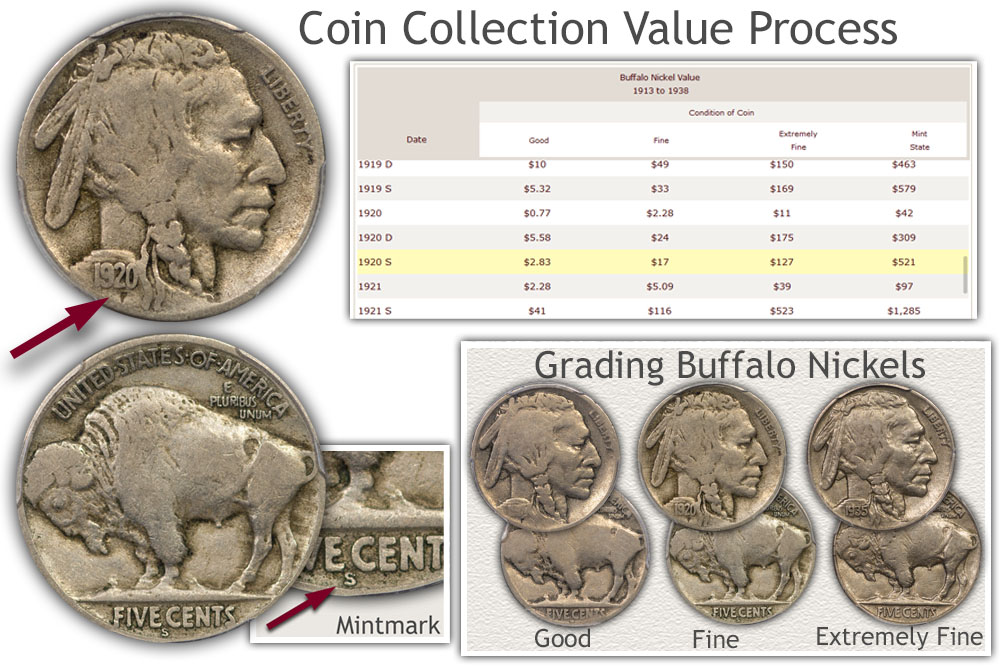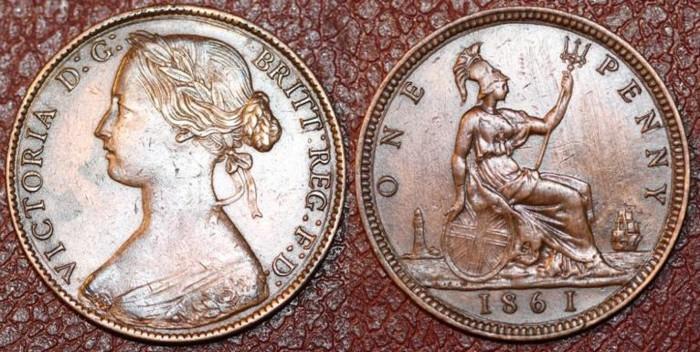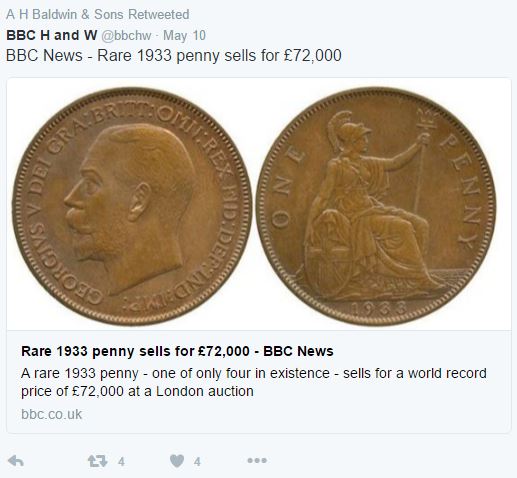

Wear appears only on the tops of the designs, in the Seated Liberty series hair detail remains along with gown details.

Lightly circulated examples are included in many dime collections. Their condition is pleasing and crisp in detail. Each series is unique to identifying mint state condition.Įxtremely Fine Grade: Dimes with light wear confined to isolated areas is in the range of the Extremely Fine grade. A close examination is needed to judge the subtle changes in areas of the design to confirm the grade. Luster still covers the surface and no wear has lowered the highest points of the design. Mint State Grade: A dime without wear to the surface is given the Mint State grade. An illustration of stages of wear is displayed by the coins in the image. These stages of wear are judged and a "Grade" assigned accordingly to the amount of wear. As the dime begins to circulate degrees of wear appear over time. Each dime is bright with luster and mark free. When originally minted, dimes exhibit no wear to the surface. Grading condition is now the next important step to value. Step 3: | Grading Condition | Dime Values are Conditional
#Old penny values how to
Visit the series page for value charts and details on how to value your old dime.

🔎In Step 1 above are image links to match your coin. Value charts of each series reflect these scarce dimes. Many branch mint coins are scarce due to low production. Carson City in 1871 used a "CC" mintmark and Denver beginning in 1906 placed a "D" mintmark on its coinage.ĭate and mintmark combination are all important to recognize. San Francisco was next to strike dimes in 1856 adding an "S" mintmark to the coin. Mintmarks are now collected as part of sets and listed on value charts.Īs branch mints were built over time and began to supply coinage, each used a mintmark to indicate their production. To identify the mint's production a "Mintmark" was added to the design and this created the first mint marked variety dime. By 1838 the new branch mint in New Orleans was ready to add to the supply of dimes. The Philadelphia mint struck the first US dime in 1796 and for the next few decades was the only mint striking dimes.

Exact date is important to value accurately. Mintages of the different dates varies greatly, some years dimes were produced in the millions and often the next year lower, all depending on need in commerce. Collectors recognize the scarce issues and are valued accordingly. This puts heavy pressure on all dates, common to rare. Typical collections of dimes focus on obtaining an example of each date within the series. Step 2: | Date and Mintmarks are Identified One strategy is to hold them for their silver content and save high condition pieces for the future. Affordable to collect, the value is in Mint State condition - coins without wear. The silver issues of 1946-1964 are slowly maturing and beginning to gain in value. Most dates and mint marks are tied to the value of silver, each worth $1.54 Step 1: | Recognize the Different Series of Dimes Note: Images within blue borders are Links to each dime series and values charts. Examine your coin and compare to the following images to find a match. How to determine dime values starts with identifying the design series. Step 4: Special Qualities - Because of the age, many different qualities found on the dime determine collectability and higher value.Judging condition is done with a close inspection and comparing to standards for the grade. Step 3: Grading Condition - Values on the charts cover a range depending on preservation of a coin.Step 2: Date and Mintmark Variety - Within the different dime series, date and mintmark combination are next identified accurately.Recognizing the series is important and narrows value. Rarity from one series to the next is often large. Step 1: Recognize the Different Series of Dimes - US dimes span many design series, dating back to the beginnings of US coinage.


 0 kommentar(er)
0 kommentar(er)
